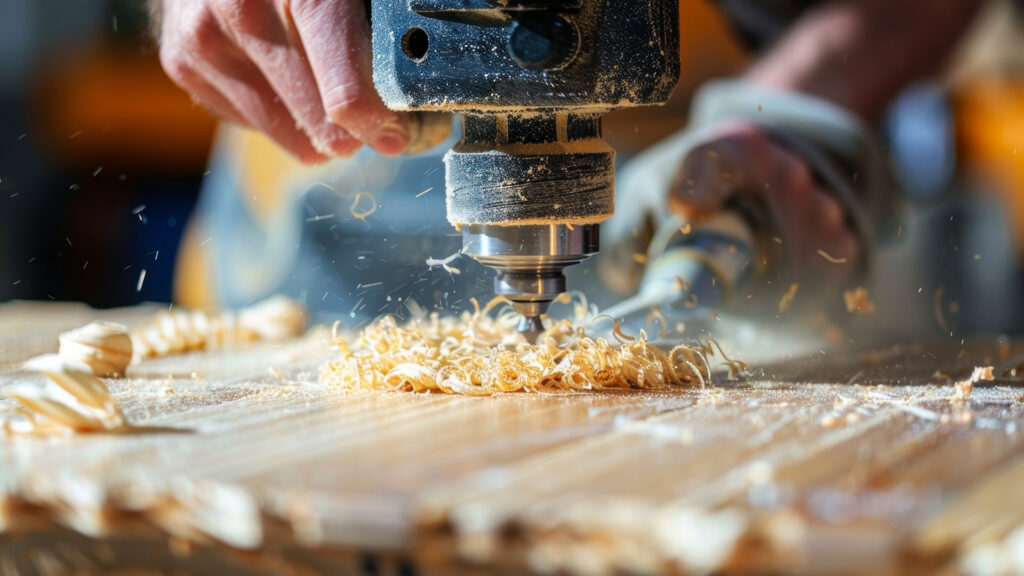Hand and power tools are powerful allies in industries, enabling tasks to be completed efficiently and effectively. However, their misuse can result in serious injuries or even fatalities. To reduce risks and maintain safety, it’s crucial to follow OSHA guidelines and adopt best practices. This guide provides actionable advice to ensure safe and effective tool usage.
In general industries, tools are a staple of daily operations, making safety measures non-negotiable.
Employers must ensure tools are maintained in safe working conditions, while employees are responsible for proper usage. OSHA’s key safety rules include maintaining tools, using the correct tool for each task, inspecting tools regularly, following manufacturer instructions, and wearing protective equipment.
Additional tips to boost safety include:
- Keeping floors dry and clean to prevent slips and falls.
- Reporting any hazardous situations immediately.
- Use compressed air for cleaning only with pressure under 30 psi and while wearing appropriate PPE.
For electrical tools, proper storage in dry areas, usage in well-lit environments, and grounding are essential. These measures collectively create a safer working environment for everyone.
Construction sites present unique challenges, making safety a priority when using hand and power tools.
Unsafe tools must be taken out of service immediately. Inspect tools like hammers and wrenches before use, ensuring they are in good condition. For example, wrenches with loose jaws should not be used as they can cause accidents. Wooden handles must be crack-free and securely attached to the tool.
Power tools on construction sites require extra vigilance. Drill bits must be tightly fastened, and tools powered by fuel should be refueled only after cooling. Nail guns and similar equipment should never remain loaded when not in use or pointed at others.
Jacks, commonly used on construction sites, also require attention:
- Position them on firm, level surfaces to ensure stability.
- Avoid exceeding their marked capacity.
- Lubricate them regularly to maintain safe operation.
Following these measures ensures that construction workers remain safe while using tools.
Industrial environments involve machinery that requires strict safety adherence to prevent severe injuries.
Chainsaws, for instance, necessitate special precautions. Operators should wear safety goggles, ear protection, gloves, and tight-fitting clothing to avoid entanglement. Regularly sharpening the chainsaw’s blade maintains efficiency and safety.
Table saws, another high-risk tool, can cause serious injuries if mishandled. Safety measures include:
- Keeping blade guards in place during operation.
- Adjusting the blade height to match material thickness.
- Push sticks are used to clear stuck materials instead of bare hands.
For larger tools like presses, focus and adherence to guarding mechanisms are critical. OSHA guidelines for pneumatic, hydraulic, and other heavy machinery emphasize clean working conditions and regular tool inspections.
Despite clear guidelines, common mistakes can lead to preventable accidents. Avoid these errors to ensure safety:
- Skipping Inspections: Tools should be checked for wear and tear before each use.
- Improper Tool Usage: Using tools for unintended purposes increases the risk of accidents.
- Ignoring Protective Equipment: PPE is essential to minimize injury risks.
- Neglecting Maintenance: Poorly maintained tools are prone to malfunction.
By staying vigilant and following safety protocols, these pitfalls can be avoided.
Expand Your Knowledge with Atlantic Training’s Hand and Power Tools Best Practices Course
This guide provides a solid foundation for tool safety, but there’s always more to learn. To gain a comprehensive understanding of advanced techniques, enroll in our Hand and Power Tools Best Practices Training Course. Enhance your skills and create a safer working environment for everyone.
References:
Occupational Safety and Health Administration (OSHA). Hand and Power Tool Safety Standards.
Centers for Disease Control and Prevention (CDC). Workplace Safety and Health Topics.
National Institute for Occupational Safety and Health (NIOSH). Power Tools Safety Guidelines.



